
How to Use Microzone MC7RB: Examples, Pinouts, and Specs
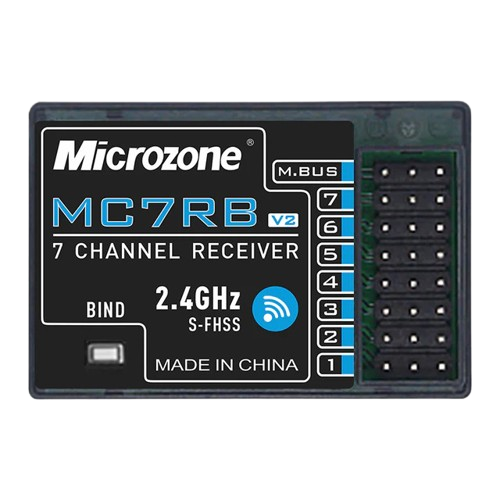
 Design with Microzone MC7RB in Cirkit Designer
Design with Microzone MC7RB in Cirkit DesignerIntroduction
The Microzone MC7RB is a versatile and compact microcontroller that is widely used in a variety of electronic projects and applications. Its small form factor and robust feature set make it suitable for hobbyists and professionals alike. Common applications include DIY electronics, robotics, sensor integration, and automation systems.
Explore Projects Built with Microzone MC7RB
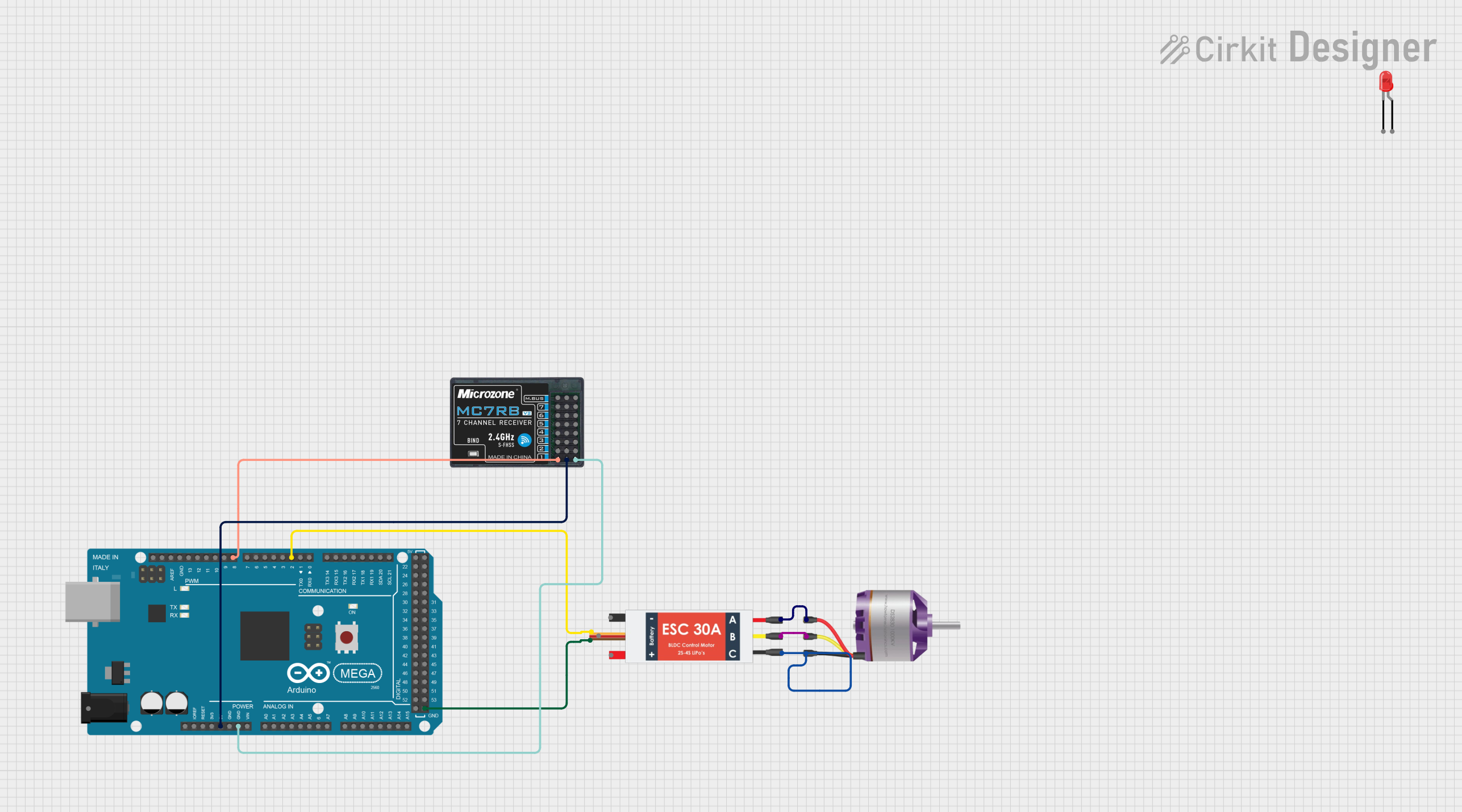
 Open Project in Cirkit Designer
Open Project in Cirkit Designer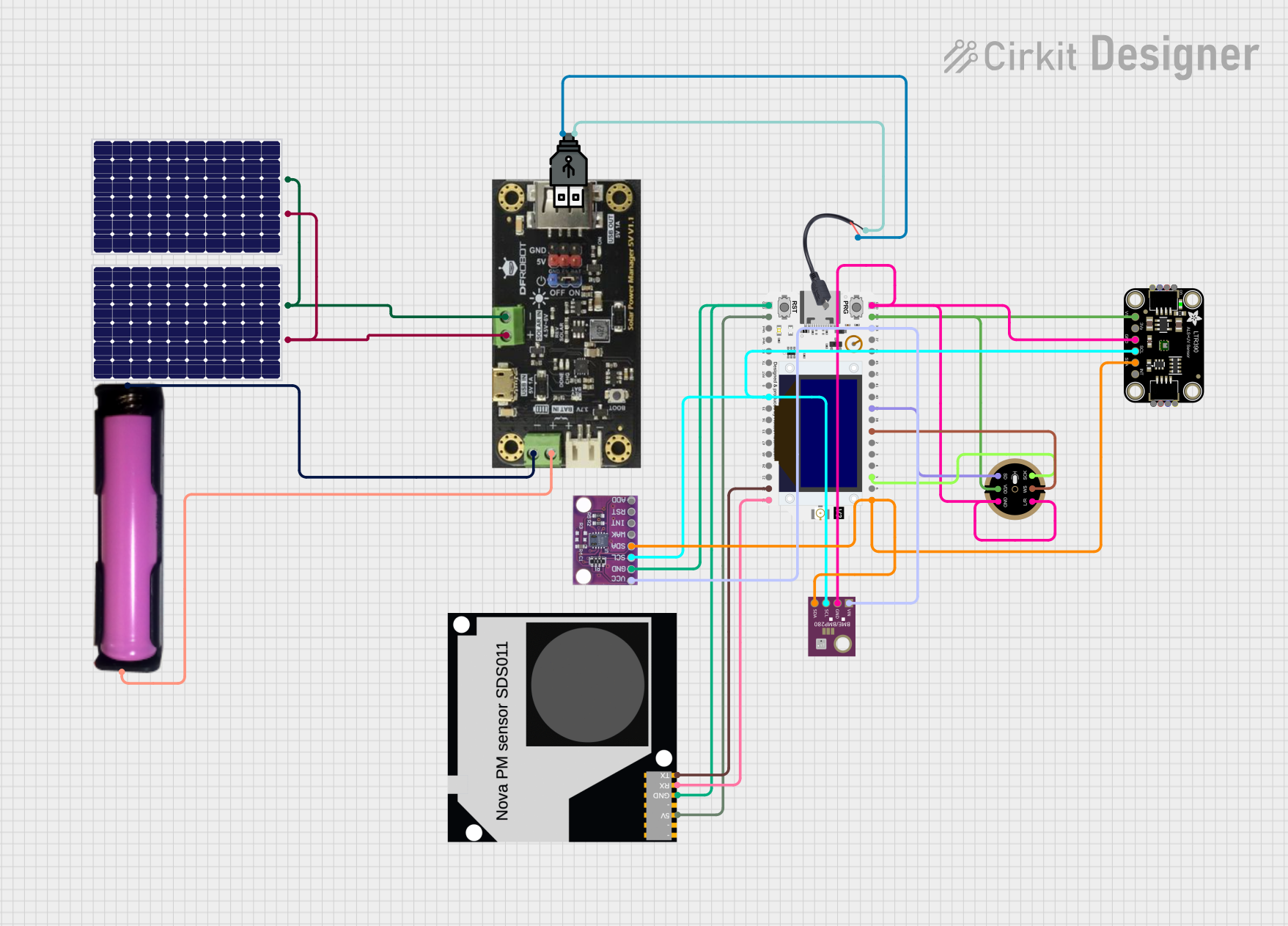
 Open Project in Cirkit Designer
Open Project in Cirkit Designer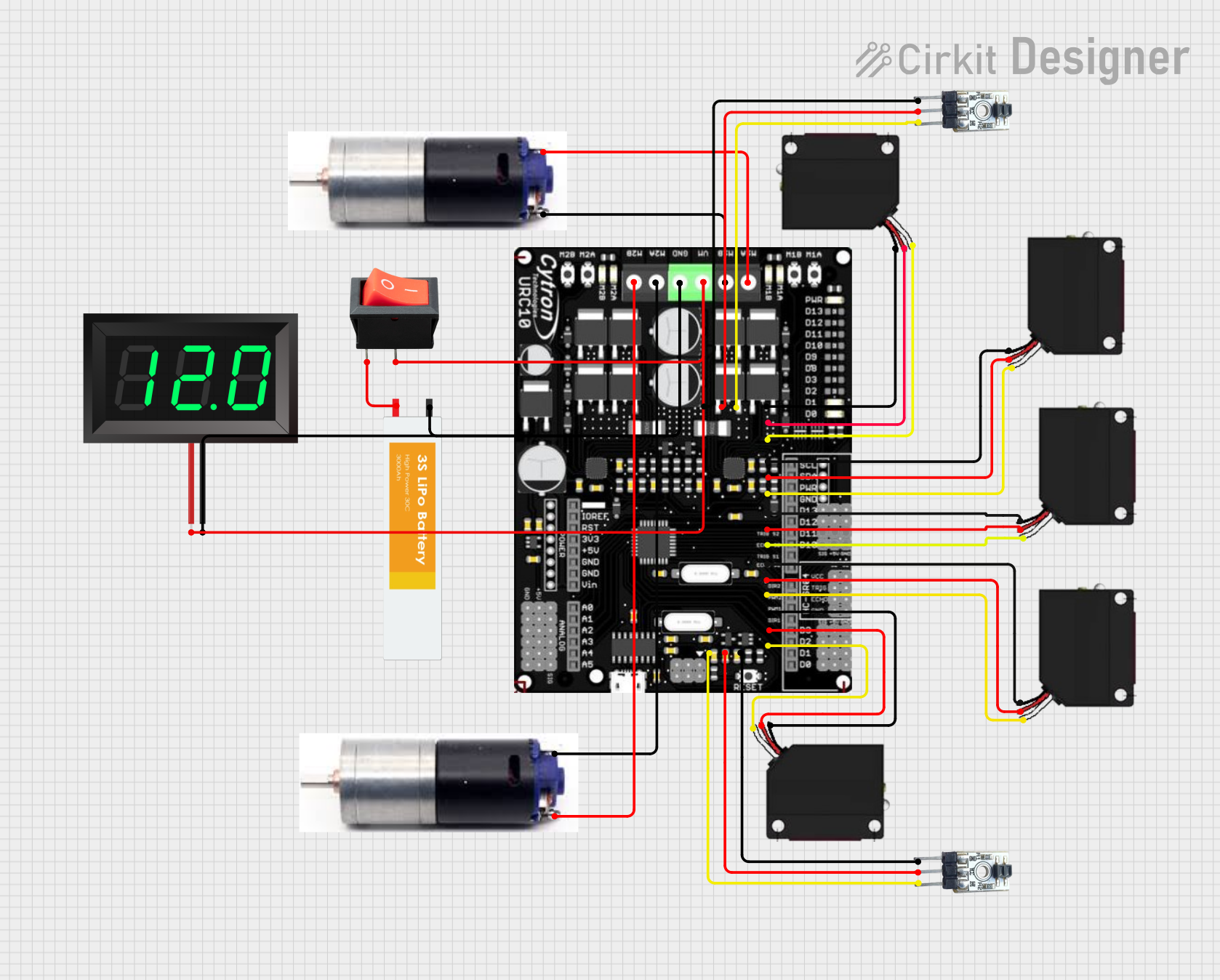
 Open Project in Cirkit Designer
Open Project in Cirkit Designer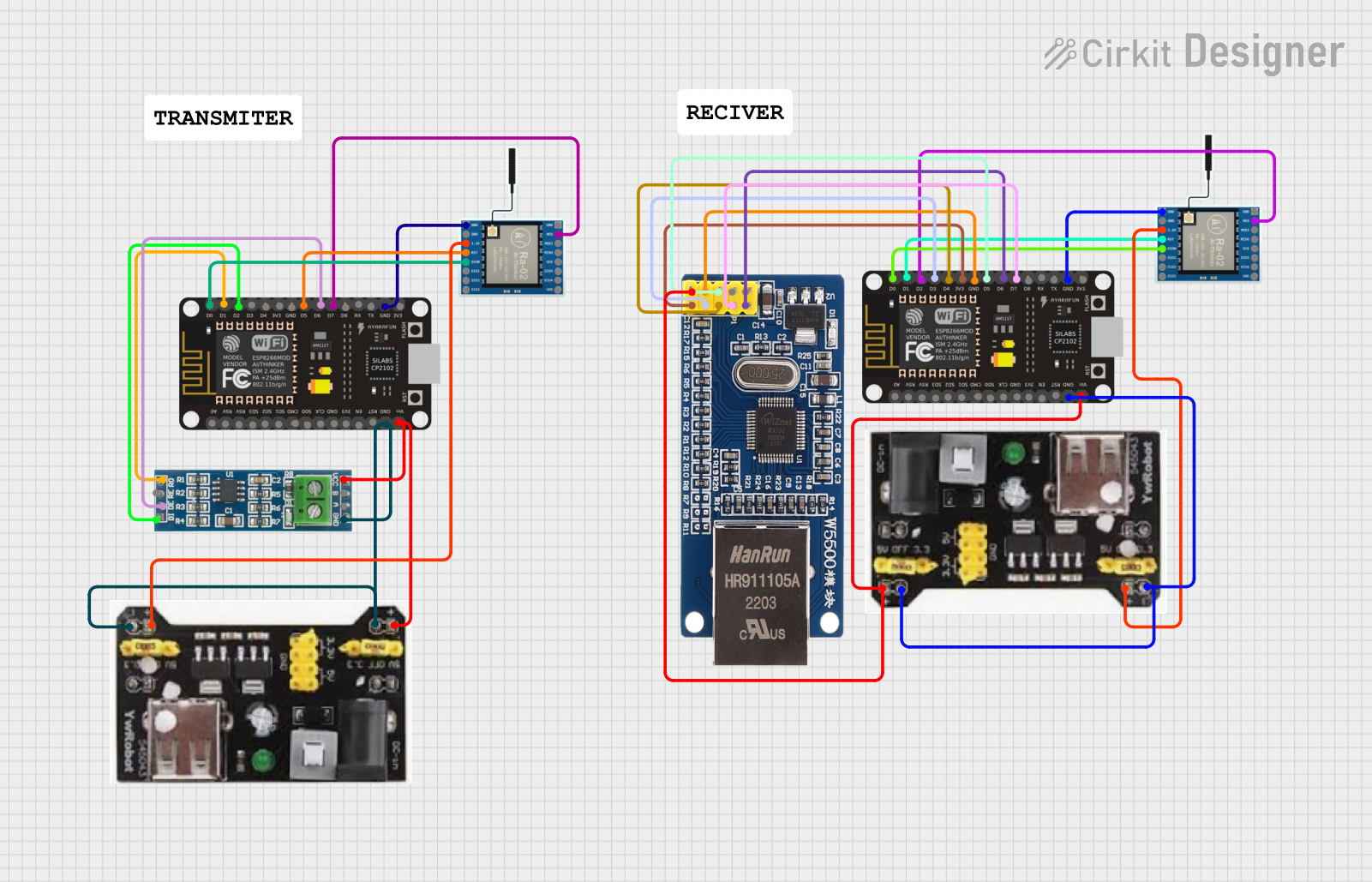
 Open Project in Cirkit Designer
Open Project in Cirkit DesignerExplore Projects Built with Microzone MC7RB

 Open Project in Cirkit Designer
Open Project in Cirkit Designer
 Open Project in Cirkit Designer
Open Project in Cirkit Designer
 Open Project in Cirkit Designer
Open Project in Cirkit Designer
 Open Project in Cirkit Designer
Open Project in Cirkit DesignerTechnical Specifications
General Features
- Microcontroller Core: 8-bit
- Operating Voltage: 3.3V - 5V
- Digital I/O Pins: 14 (of which 6 provide PWM output)
- Analog Input Pins: 6
- Flash Memory: 32 KB (of which 2 KB used by bootloader)
- SRAM: 2 KB
- EEPROM: 1 KB
- Clock Speed: 16 MHz
Pin Configuration and Descriptions
| Pin Number | Function | Description |
|---|---|---|
| 1 | VCC | Power supply input (3.3V - 5V) |
| 2 | GND | Ground |
| 3-5 | Digital I/O | General-purpose digital input/output pins |
| 6-11 | PWM/Digital I/O | Digital input/output with PWM capability |
| 12-17 | Analog Input | Analog input pins (A0-A5) |
| 18 | RESET | Resets the microcontroller |
Usage Instructions
Integrating with a Circuit
- Powering the MC7RB: Connect the VCC pin to a 3.3V - 5V power supply and the GND pin to the common ground in your circuit.
- Programming the MC7RB: Use a compatible programmer to upload your code to the microcontroller via the ICSP header.
- Using Digital I/O: Configure the pins as input or output according to your needs using the
pinMode()function in your code. - Using PWM: To control devices like motors or LEDs with variable intensity, use the PWM-capable pins with the
analogWrite()function. - Reading Analog Inputs: Connect sensors to the analog pins and use the
analogRead()function to get sensor readings.
Best Practices
- Always ensure that the power supply voltage is within the specified range to prevent damage.
- Use current-limiting resistors with LEDs to prevent overcurrent.
- When using PWM, ensure that the connected device can handle the frequency and duty cycle.
- Avoid exposing the pins to voltages higher than VCC or lower than GND to prevent damage.
Troubleshooting and FAQs
Common Issues
- MC7RB not responding: Ensure that the power supply is connected correctly and the programmer is functioning.
- Incorrect readings from pins: Verify that the pin configurations in your code match the physical connections.
- Unexpected behavior: Double-check your code for logical errors and ensure that all connections are secure.
FAQs
Q: Can I use the MC7RB with a 3.3V system? A: Yes, the MC7RB can operate at 3.3V, but ensure that all connected components are compatible with this voltage.
Q: How do I reset the MC7RB? A: You can reset the MC7RB by momentarily connecting the RESET pin to GND.
Q: What is the maximum current the I/O pins can source/sink? A: Each I/O pin can source or sink a maximum of 40 mA, but the total current for all pins should not exceed 200 mA.
Example Code for Arduino UNO
// Example code for blinking an LED connected to pin 13 of the Microzone MC7RB
void setup() {
pinMode(13, OUTPUT); // Set pin 13 as an output
}
void loop() {
digitalWrite(13, HIGH); // Turn the LED on
delay(1000); // Wait for a second
digitalWrite(13, LOW); // Turn the LED off
delay(1000); // Wait for a second
}
Note: The example code provided is compatible with the Arduino UNO environment, as the MC7RB shares similar characteristics. Make sure to select the correct board and port in your Arduino IDE before uploading the code.
For further assistance or more complex applications, consider consulting the datasheet or reaching out to the community forums for support.